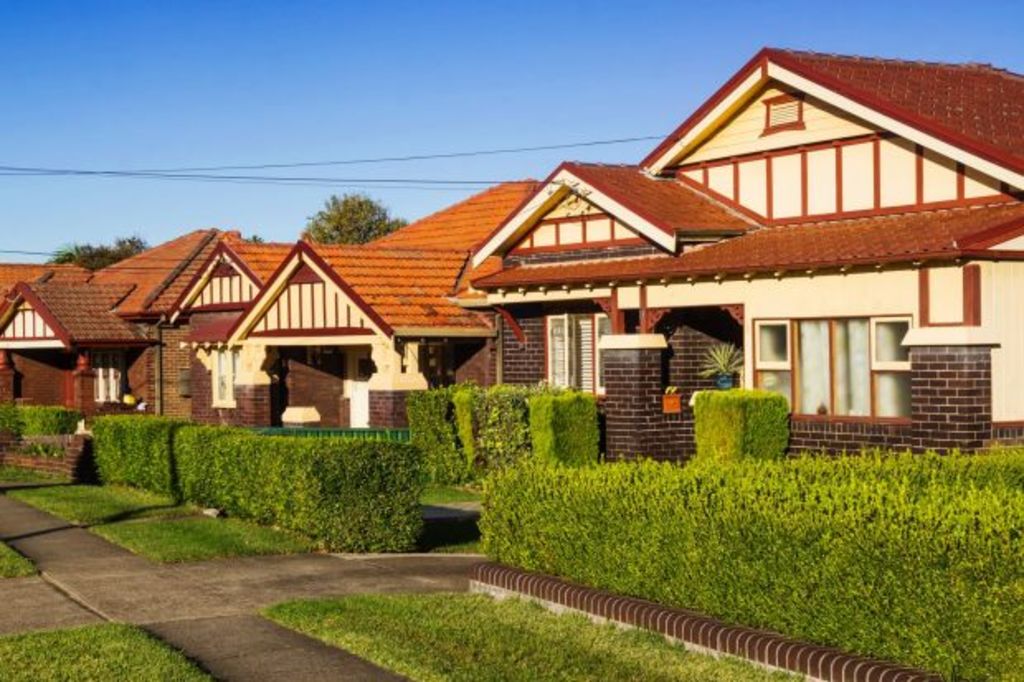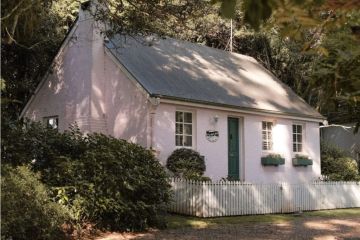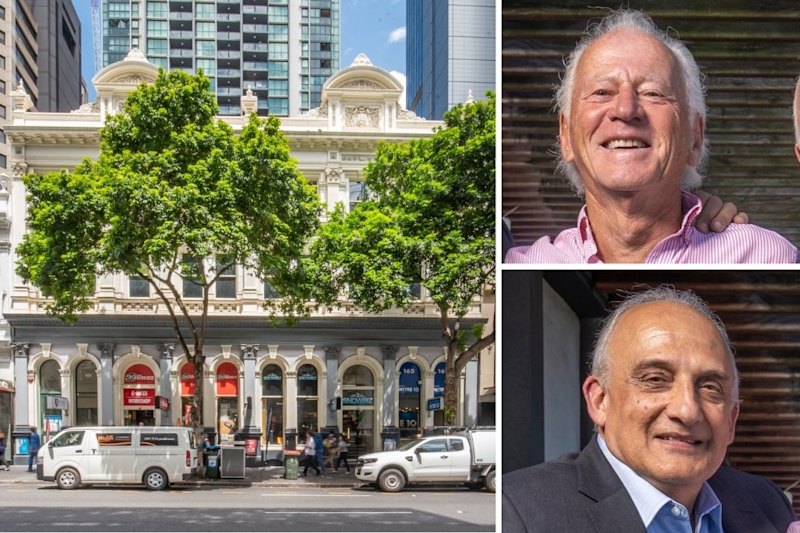More Australians are retiring with a second property, AHURI report finds

Property is king when it comes to Australians’ retirement plans thanks to a heavily preferential tax system that could worsen housing affordability, experts say.
Thirty per cent of older Australians retired with a second property under their belt by 2014, growing from 25 per cent in 2002, according to the Australian Housing and Urban Research Institute’s (AHURI) latest report.
While retirees held more properties, the proportion of retirement wealth made up by the family home decreased from 46 per cent to 39 per cent.
The proportion of retirement wealth made up by investment properties grew from 9 per cent to 15 per cent over the same period.
Lead author of the paper, University of Sydney’s Associate Professor Stephen Whelan said current tax settings encouraged retirees to use property as a retirement strategy, and the impacts could be seen in the housing market.
“Owner-occupiers are treated more generously in the tax system and there’s implicit incentives to accumulate wealth in housing,” said Mr Whelan.
“We’re providing opportunities to leverage existing properties and accumulating properties, which put pressures on housing prices.”
The research, which analysed Household, Income and Labour Dynamics in Australia (HILDA) data collected from 2002 to 2014, found older Australian households were unlikely to sell off their investment properties to maintain eligibility for age pension.
The family home is considered an exempt asset under the age pension means test, but homeowners are allowed to hold $250,000 in non-exempt assets, such as investment properties, before their pension is reduced.
While investment properties are not exempt, other incentives motivated retirees to buy into property, according to Mr Whelan.
“Rules around negative gearing, and indirectly superannuation, might be encouraging people to purchase a second property as a retirement strategy,” said Mr Whelan.
- Related: The government has played its ‘get out of jail free’ card
- Related: Australia’s housing affordability ‘intergenerational theft’
- Related: Budget measures targets landbacking in Australia
AMP Capital’s chief economist Shane Oliver said retirees may have decided that the benefits of investment properties outweigh the potential loss of the pension.
“It seems Australians are so sold on the property story they’re not worried about the impact of missing out on the pension in part or in full,” said Dr Oliver.
He said investing heavily in property left retirees in a more vulnerable position than years gone by as they risked exposure to the volatility of the property market.
Brendan Coates, a fellow at public policy think tank the Grattan Institute, said the country’s propensity for property investment and a preferential tax system for investors was worsening housing affordability.
“They’re [retirees] often saving more than they need to and bequeathing their property to the next generation,” said Mr Coates, adding this trend could lead to increased inequality and exacerbate the housing crisis.
He believed the proposal in the federal budget to extend the Pension Loan Scheme to all retirees was a good move for older Australians who want to age in their own homes and addressing inequity in years to come.
The AHURI report suggested the age pension could be changed to become more “tenure neutral” instead of a retirement income system that favours people who can afford home ownership.
Mr Whelan questioned whether the current tax settings have struck the right balance in terms of fairness and equity.
“The person who is renting and has a million dollars in the bank wouldn’t get an aged pension. But the person who owns a million-dollar house would be eligible for an aged pension,” said Mr Whelan.
We recommend
We thought you might like
States
Capital Cities
Capital Cities - Rentals
Popular Areas
Allhomes
More







